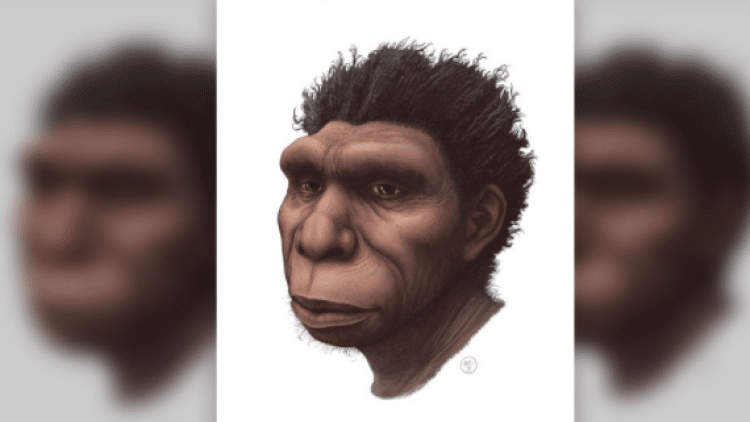Scientists have christened a new human species, Homo bodoensis, which is probably a direct ancestor of modern man and lived 500.000 to 600.000 years ago in Africa, but later moved to the Eastern Mediterranean and Southeastern Europe. The naming was not done after the discovery of new fossils, but after the re-evaluation of older fossils.
Today the only species of the genus Homo that has survived is the Homo sapiens, but once upon a time on Earth lived and may have coexisted different human species. The most recent major discovery was the small Homo Floresiensis (also known as the "Hobbit") discovered on the Indonesian island of Flores. The new species of Homo bodoensis is added to an increasingly complex evolutionary "puzzle".
Researchers, led by Miriana Roxadic, a professor of paleoanthropology at the University of Winnipeg in Canada, who published the journal Evolutionary Anthropology, analyzed human fossils dating back to about 129.000 years. There is a relative confusion about these fossils, which is why this period has been called by scientists since the 774.000s "the confusion in the middle", ie between Homo erectus and Homo sapiens. .
Fossils from this period from Africa and Eurasia are usually attributed to Homo heidelbergensis (Man of Heidelberg) or Homo rhodesiensis (Man of Rhodesia). But more recently it was realized through genetic analysis that in fact in some cases it was a fossil of early Neanderthals.
Scientists are now proposing the existence of a new species, Homo bodoensis, named after a 600.000-year-old skull found in Bodo D'ar, Ethiopia in 1976. This new species will now be attributed to many fossils. they were now identified as Homo heidelbergensis or Homo rhodesiensis. Homo bodoensis will now be described as the majority of Middle Pleistocene fossils from Africa, as well as some from SE Europe, while several other fossils in Europe will be considered to belong to Neanderthals, which will virtually wipe out Homo heidelbergensis. which was so named from a 609.000-year-old skull found in Germany).
According to their proposal, Homo bodoensis was a direct ancestor of homo sapiens. Having lived in Africa for hundreds of thousands of years, it probably then expanded to the Eastern Mediterranean, the Middle East and Southeastern Europe. Researchers will try to find fossils of Homo bodoensis in Europe, something that also concerns Greece.
The question is whether the name Homo bodoensis will really prevail, as not all scientists seem to be convinced (among them remains the skeptical British paleoanthropologist Chris Stringer of the Museum of Natural History in London), much more that they do not exist - at least not yet - at least - fossils of this new species.
protothema.gr
